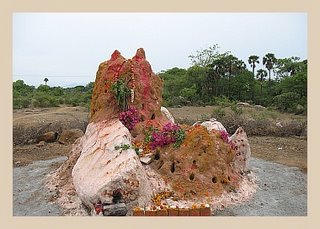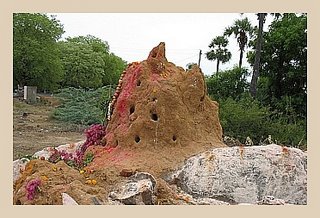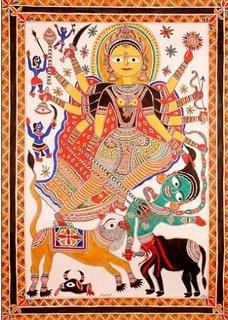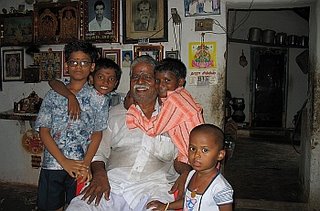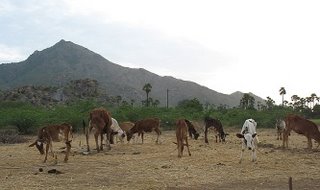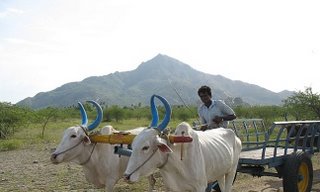Tiruvannamalai District:
As it is the responsibility of the urban community to protect bio-diversity, people living in cities should be sensitised so as to support traditional varieties of food grains, said scientist Dr V Arivudai Nambi, at a Workshop organised by the Tamil Nadu Science Forum.
Speaking at Chengam on Monday (24th July), he said that the Government under the National Bio-diversity Act, 2002, had set up a National bio-diversity authority. According to the Act, a Bio-Diversity Management Committee would be set up in every local body.
The main function of the BMC was to prepare a Peoples Bio-Diversity Register in consultation with the local people. The register should contain comprehensive information on the availability of local biological resources, like medicinal use of herbs, animals in their habitats, etc.
By maintaining such a register, societies could claim their rights in the particular area, Nambi said and added that before these developments took off, societies should be sensitised about them and fine-tuned towards the protection of bio-diversity.
India was rich in flora and fauna genetic resources. Without these resources newer and hybrid varieties could not be produced. We, therefore, cannot afford to lose these varieties, he said, adding that gene banks were preserving traditional seeds of crops like paddy.
This arrangement will ensure extended life to seeds but this method, called ex-ritu conservation, cannot preserve them for ever. Only by cultivation called in-situ conservation, these varieties can be preserved for the future, he said.
Only if urban societies bought and consumed traditional rice varieties cultivated using traditional organic farming pattern, farmers could cultivate those varieties, he said. So, we should speak about bio-diversity to the urban community and not to rural custodians of bio-diversity, he added.
Nomadic tribes were helping in the preservation of rich animal genetic resources and if societies allowed them to vanish the resources would also go away with them, he added.

